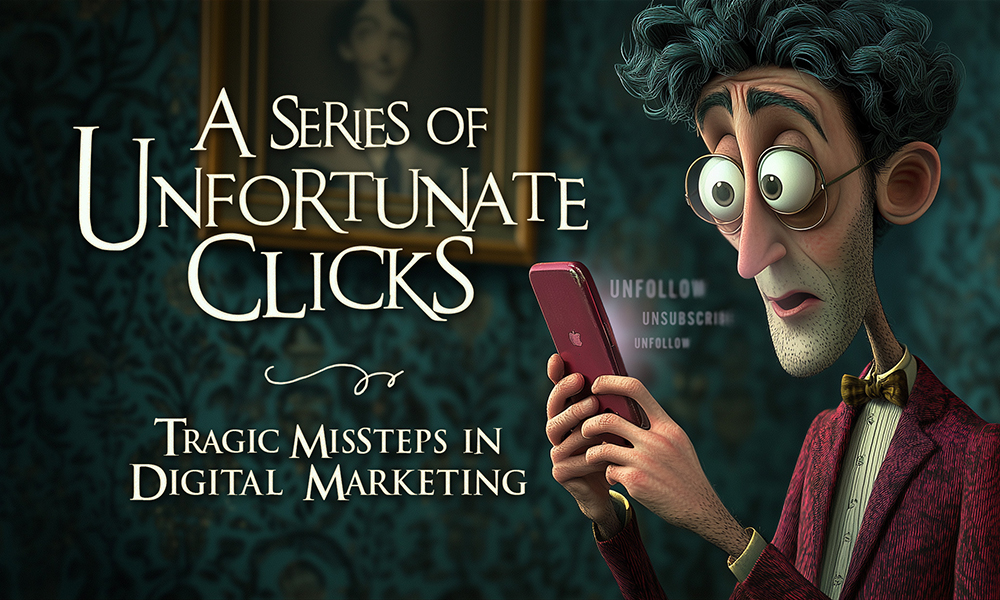
We’ve all been there.
After putting in countless hours on your digital efforts, the results fall short of what you expected. For nonprofits, this can be especially frustrating because every interaction with supporters is critical.
The truth is, many organizations fall into some easy-to-make mistakes that cause a “series of unfortunate clicks” — ones that lead your audience away from donations, signups, or meaningful engagement.
Let’s talk about some common digital marketing pitfalls — how to avoid them — and how to create more successful clicks.

Targeting too broadly?
It’s tempting to try to reach everyone, but in doing so, you end up reaching no one. A common mistake is targeting an audience that’s too broad or irrelevant to your cause. This can lead to a lot of clicks, but if those clicks aren’t coming from the right people, you’re not likely to see much action.
How to avoid it: Narrow your focus.
Instead of trying to appeal to the masses, focus on who’s most likely to care about your mission. Use tools like Facebook Ads or Google Analytics to understand your audience’s interests and behaviors. Then tailor your message to speak directly to those people. The more specific you are, the better your chances of meaningful engagement.
Using weak or confusing calls to action?
You’ve got someone’s attention, but they don’t know what to do next. This happens when your call to action (CTA) isn’t clear or compelling. Without a strong CTA, even well-meaning supporters might click away without taking action.
How to avoid it: Be direct and make it easy for people to know what you want them to do.
Whether it’s “Donate now,” “Join our email list,” or “Share this with a friend,” keep your CTAs clear and simple. And don’t make people hunt for the button.

Sending the same email to everyone?
Not everyone on your list is in the same place in their relationship with your organization. Sending the same email to new subscribers, long-time donors, and occasional volunteers will result in fewer people opening, clicking, or caring.
How to avoid it: Segment your email list.
Create different messages for different groups of people. New subscribers might need an introduction, while loyal donors might appreciate an update on where their contributions are going. Personalized emails show that you value your audience and understand their different levels of engagement.
Skipping the data check?
Another common mistake is not keeping a close eye on your data. Without tracking and analyzing what’s working and what’s not, it’s easy to repeat mistakes or miss chances to improve your strategy. Skipping the data means you’re essentially guessing, and that leads to wasted effort.
How to avoid it: Make it a habit to check your analytics regularly.
Whether it’s website traffic, email open rates, or social media engagement, look at what the numbers are telling you. Is a particular call to action working better than another? Are people dropping off at a certain point on your site? Use this information to tweak and improve as you go.

Forgetting about mobile users?
These days, most people are browsing, clicking, and donating on their phones. If your website or emails don’t work well on mobile devices, you’re likely losing people before they even get to your message. This is a mistake you can’t afford to make, especially with so much engagement happening on the go.
How to avoid it: Test everything on mobile.
Make sure your website loads quickly, your donation forms are easy to fill out, and your emails are readable without having to zoom in. A smooth mobile experience is key to keeping people engaged.
Ready to turn things around?
Avoiding these common mistakes will help you create a better, more effective digital presence. It’s all about being careful with your targeting, keeping an eye on your data, and making it easy for people to support you. When you do that, you’ll turn those “unfortunate clicks” into actions that make a real impact on your organization.
Need some help? We’re here.
